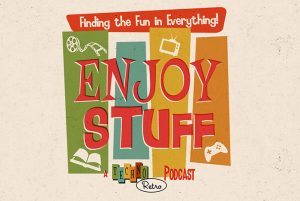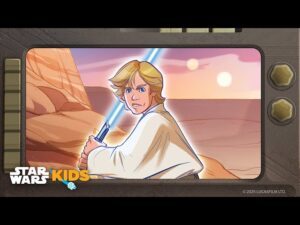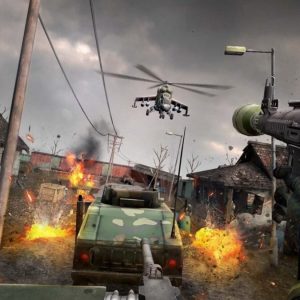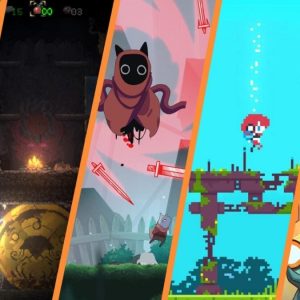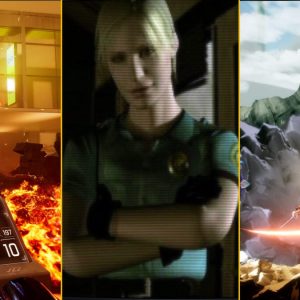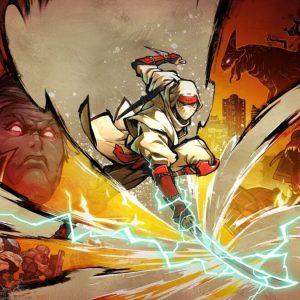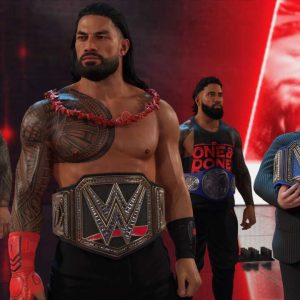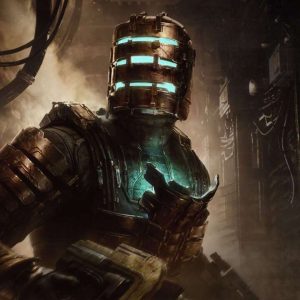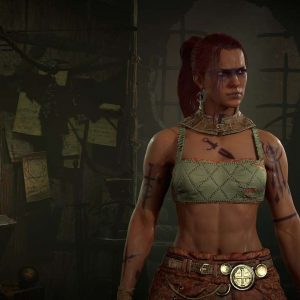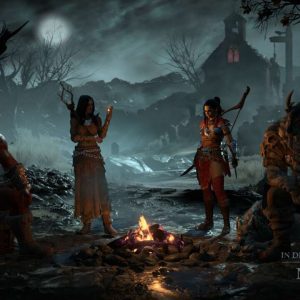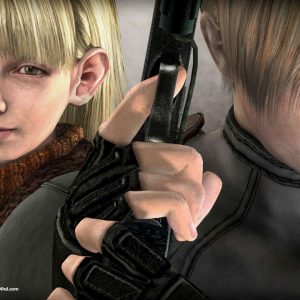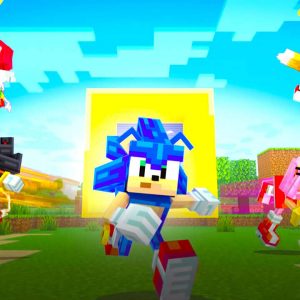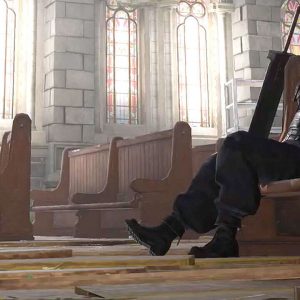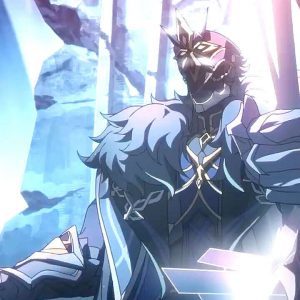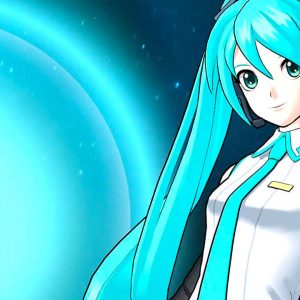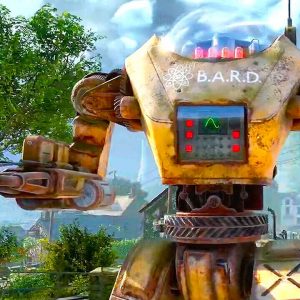The gaming world hasn’t talked enough about how it feels to get good at the original Ninja Gaiden for the NES. I mean, I get it, it’s a notoriously brutal example of “Nintendo Hard” difficulty. I still have nightmares about those endlessly respawning birds that boomerang relentlessly around protagonist Ryu Hayabusa. Yet with enough time, practice, and memorization, it’s possible to lay those hordes of 8-bit foes low in a split second of precise button presses. Once overwhelming challenges give way to the intoxicating realization of “whoa, did I just do that?” where your hands react faster than your brain can process what’s going on. If it weren’t for the next threat lurking right around the corner, you’d just sit there in awe of how absolutely cool you felt.
I bring this up because The Game Kitchen’s Ninja Gaiden: Ragebound is a pure distillation of “whoa, did I just do that!?” with virtually none of the trial-and-error frustration that its predecessors demanded. Even if the developers hadn’t gone on record and proclaimed their love for the series, that deep level of mechanical understanding about what makes vintage Ninja Gaiden awesome would have been evident just from a few minutes of playing Ragebound. This team gets it.
Ninja Gaiden: Ragebound makes its homage to its NES predecessors obvious from the jump. Opening with the fatal duel between Ryu’s father and the mysterious gray ninja that series fans will remember from the first console Ninja Gaiden, our story begins with Ryu taking up the Hayabusa family’s sword and heading to the United States on a quest for revenge. However, Ragebound immediately strikes its own path by instead following the story of Ryu’s protege Kenji, who stays at home to deal with the rather small matter of a demon invasion. That’s right, Ryu sticks around for a tutorial and a tricky boss fight that’ll put new players in their place, but afterwards he’s out for virtually the entire adventure. Vengeance waits for no one.
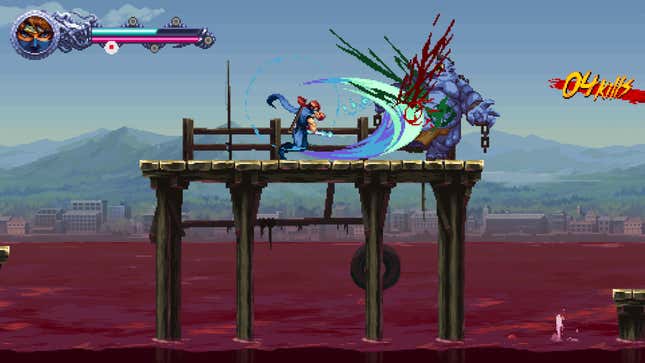
This premise does read a bit like fan fiction (Kenji, pupil of Ryu, gives me the same energy as John Freeman, who was Gordan Freeman’s brother), but metatextually it works well. Just as The Game Kitchen had to carve its own vision for Ninja Gaiden with respect to the works that came before it, so too do we follow a hero who carves his own destiny using the skills of his master. You’ll miss a few references and leitmotifs if this is your first Ninja Gaiden, but otherwise it’s perfectly accessible to newcomers.
Kenji’s path eventually crosses with Kumori, a kunoichi of the Black Spider Clan that stands opposed to the Hayabusas. Extenuating circumstances force Kenji and Kumori into an unholy alliance, and the two embark on a journey that sees them facing off against both man and demonkind alike. The beats from here on out share similarities to those of the first Ninja Gaiden, even if Ragebound is a self-contained side story. The Ninja Gaiden Gaiden, if you will.
You’re that ninja
While Kenji may be Ryu’s student, he plays just as fluidly as his master ever did. Whether he’s climbing walls, dodge rolling to pass through otherwise unavoidable attacks, or bouncing off enemies mid-air to execute sick aerial combos, every button press feels impeccably responsive. And despite the impressive range of attack and movement options Kenji has at his disposal, they’re all made possible through a simple control scheme that wouldn’t feel out of place in an actual SNES game. Aside from a few very specific quirks (does my aerial attack have a cooldown?), I always felt in complete control while playing Ragebound.
And trust me, I needed every tool in the toolbox to succeed. The earliest levels aren’t afraid to litter the screen with bad guys to take down, giving me little time to react before I’d take damage. Yet nine times out of ten, before my eyes could register everything that was happening, I’d perform a flurry of jumps, rolls, and slashes that’d clear the screen instantly. It’s not like I just relied on one tried-and-true strategy either, as I’d intuitively try attacks that just felt cool to do in the moment, often leading to huge payoffs.
While I’d like to chalk this up to my hardcore retro gaming skills, those consistent feelings of being so cool are a testament to how impeccably balanced Ragebound is. For instance, most enemies can be killed in a single strike, but there are also bulkier foes who won’t go down from one single, standard slash. Meanwhile, there are also glowing enemies who can grant Kenji a supercharged attack that cleaves right through these more imposing adversaries. This setup incentivizes you to think about the order in which you wish to take out your opposition, and even in chaotic situations, spotting a graceful way to navigate the fray and deploy those supercharged attacks on more formidable foes felt easy and natural. It helps that Ragebound features such fluidly animated pixel art that reading enemy attacks and telegraphs is a cinch. I didn’t master every encounter right off the bat, but I’d have a good idea of what I should have done differently to avoid a hit or keep my combos going.
Most importantly, man, does Ragebound feel as good as it looks. The sounds of cutting through small fry never get old, and those moments when the action stops just as Kenji uses a supercharged attack to slice a huge foe clean in half really convey the weight of the blow. I rode a consistent stream of “whoa, did I just do that!?” highs, whether or not I’d practiced a stage before. There were moments where I was completely immersed in a flow state, feeling just the right amount of adrenaline coursing through my veins as I played out ninja-based power fantasies I’d never actually realized I had.
And for all the ways in which its design elegantly encourages precision, I also always felt I had ample room to make mistakes, and Ragebound barely dwells on deaths before throwing Kenji back in the action. Rather than encouraging mastery through failure, the game feels so rewarding when played well that I never wanted to settle for a victory by the skin of my teeth. It helps that each stage looks and feels so distinctive that there’s nary a repetitive challenge to be found, even when bosses reappear later in the game. I could do without the two short vehicle-based autoscroller stages, but other than that, it’s all bangers here.
I can’t believe it’s not Tecmo
Ninja Gaiden: Ragebound brilliantly evolves the gameplay of its vintage 2D predecessors in a way that feels fresh, modern, yet familiar all at once. I do wish I could say the same about its storytelling. I get that plot typically isn’t a priority in retro revivals like this, but the first Ninja Gaiden on the NES was a trailblazer when it came to narrative. The original manga-style cutscenes are well-directed given their vintage and limitations, and the story aimed high with surprise deaths, big plot twists, and a climactic finale. It’s nothing mind-blowing nowadays, but you just weren’t getting this kind of storytelling in stage-based action games back in 1989 (settle down Astyanax fans, I see you).
Ragebound does start strong in this regard. The Game Kitchen utilizes its signature art style from Blasphemous to weave together some impressive cinematics that pay loving homage to the series’ origins. However, once the game enters its third act, the story mostly devolves into small quips between frenemies Kenji and Kumori with little else to keep the narrative exciting. I’d go as far as to say that 1989’s Ninja Gaiden actually makes Ragebound feel simple by comparison. There’s the occasional twist, but I never felt especially connected to what was happening on screen.

It’s a shame, because Ragebound ends on a note that should have been meaningful and impactful had the buildup been better executed. The moment in question didn’t linger in a way that let me sit with what had happened either, which made the entire ending feel like clumsy tonal whiplash. Even completely disregarding the story, I thought Ragebound ended an act too soon. The set pieces in the end convey more “rising action” than “climax of the story,” a problem that I’m sure is observable by even the most dedicated cutscene skipper. By the time I hit the final boss, I was thinking less “oh this is it!” and more “oh, this is it?” It’s a bummer of a way to end an otherwise strong journey.
It’s Blasphemously good
I could certainly nitpick at Ninja Gaiden: Ragebound more. Hitboxes occasionally felt a little too big. I didn’t love a few of the enemy types near the end. The unlockable hard mode modifies an early game boss in a way that felt way too rigid, creating an awkward difficulty spike that the rest of that playthrough never wound up matching again.
Still, a few grievances and an underwhelming finale haven’t stopped me from returning to Ninja Gaiden: Ragebound, even after I’d seen everything I’d need to write a review. The moment-to-moment action just feels so good, and there’s enough variety between stages to make mastering each one a unique, worthwhile challenge. I’ve never fancied myself a high score chaser or a speedrunner, but all I can think about as I write this is picking up my controller and chasing max ranks on stages. Not because I have anything to prove or unlock, but because I want to see what other combos or tricks I can pull off. In a modern gaming landscape where we often need a slow drip-feed of rewards as encouragement to keep playing, it’s refreshing to see a game with such high replay value simply because it’s that tight and concise. Just the act of play is its own reward.
Ninja Gaiden: Ragebound captures virtually everything that made 2D action games of yesteryear awesome while ironing out all the rough edges synonymous with that era of gaming. It looks spectacular, controls like a dream, and boasts levels that are worth experiencing over and over again. It does end too soon for its own good, and its short runtime may throw some people off. Aside from that, however, the developers at The Game Kitchen have proven themselves to be masters of their retro-inspired craft with this one. Ninja Gaiden: Ragebound is a worthy successor to its NES predecessors, without a boomerang bird in sight.


